Supercharging Chatbots: The Role of Composable Architectures in Large Language Models
Explore the intersection of composable architectures and large language models, like ChatGPT. See how the modularity of these architectures supercharges chatbots, fostering adaptability and efficiency in various sectors.
Introduction
In my previous article, we delved into the transformative impact of composable architectures and Packaged Business Capabilities (PBCs) on the digital landscape. This paradigm shift has been particularly impactful on the rapidly expanding market for large language models (LLMs) and chatbots, such as ChatGPT. Today, we explore how composable architectures are accelerating and enhancing the evolution of these advanced AI models.
The Rise of LLMs and Chatbots
Large language models and chatbots are revolutionizing various sectors, from customer service and e-commerce to healthcare and education. They are increasingly relied upon for tasks such as answering customer inquiries, providing personalized recommendations, or even teaching new languages. For instance, OpenAI's ChatGPT is currently utilized in a myriad of sectors, providing invaluable automation and efficiency.
What is a Composable Architecture?
As a brief recap, composable architectures allow businesses to construct digital solutions from individual, interchangeable components known as Packaged Business Capabilities (PBCs). This approach fosters agility, scalability, and maintainability, offering a competitive edge in today's digital landscape. For a more comprehensive understanding of composable architectures, refer to my previous article.
The Intersection of Composable Architectures and LLMs
Applying the principles of composable architectures to large language models like ChatGPT allows these complex AI systems to be broken down into modular, manageable components. This modularity can make LLMs more accessible, adaptable, and powerful across different applications. Furthermore, PBCs can enable organizations to seamlessly integrate LLMs into their existing architectures, thereby harnessing the power of AI more effectively and efficiently.
Case Study: Composable Architecture in Action
Consider a multinational corporation looking to implement an AI chatbot for multilingual customer support. With a traditional approach, developing such a system would be both time-consuming and expensive. However, by leveraging a composable architecture, the company could integrate pre-built PBCs (like a translation module or a sentiment analysis module) with an LLM like ChatGPT. This would not only expedite the deployment but also enhance the chatbot's functionality and adaptability, proving the transformative potential of composable architectures in the realm of AI.
The Future of LLMs with Composable Architectures
As more organizations embrace composable architectures, the potential for growth and innovation in the large language models market is immense. With the flexibility to mix and match PBCs, businesses can tailor their LLMs and chatbots to meet specific needs, fostering greater personalization and effectiveness. Moreover, the ease of updating or replacing individual components ensures these AI models remain at the cutting edge of technology.
Conclusion
In the era of rapid digital transformation, the fusion of composable architectures and large language models represents a compelling frontier. By harnessing the flexibility and scalability offered by PBCs, businesses can maximize the benefits of AI-powered chatbots and position themselves at the forefront of their respective industries. As we continue to navigate the digital revolution, the question is not if, but how we will employ these groundbreaking technologies to drive future growth and innovation.
Let's Make This Real For You
If you're looking to explore how these concepts and technologies can be applied to your organization, reach out to Chris Williams, the maker of improbable things and author of this article. Chris can provide the insights and expertise you need to turn the improbable into the achievable and propel your organization into the future.
